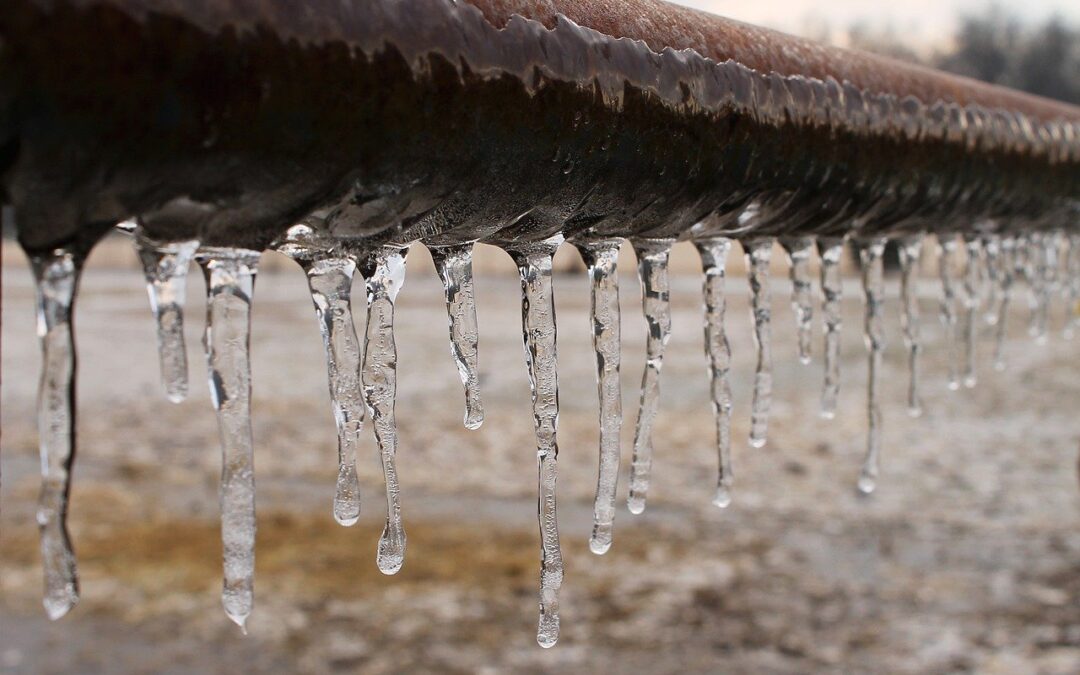What Causes Frozen Pipes?
If you turn on the bathroom or kitchen faucet and see only a few drops or a trickle of water, this could indicate that the water inside the pipe has frozen. During a significant drop in temperature, water may freeze inside plastic pipes, which causes them to expand and pressurize. Not only will frozen pipes prevent water from properly flowing, but they can potentially burst and produce flooding in your home.
Pipe Thawing Action Steps
Step 1 – Turn on the faucet. Permitting the faucet to drip even a touch can help prevent a pipe from bursting. As freezing occurs, extreme pressure builds between the faucet and the ice blockage. An open faucet relieves the pressure buildup and is a good initial step to begin thawing.
Step 2. Apply heat to the frozen area. You can cover the pipes in thermostatically controlled heat tape, or you can use an external heat source such as a hair dryer or a space heater. Begin the thawing action by directing the heated air close to the faucet end of the pipe and gradually moving toward the section of the pipe that feels coldest. Stop briefly to prevent overheating the hair dryer and blowing a fuse.
Remember to leave the faucet on while heat is being applied. Never use a propane torch to thaw a pipe as it can damage the pipe and present a fire risk.
Step 3. Continue to apply heat. Don’t stop applying the heat until the full water pressure is restored. It is a good idea to leave the faucet open with the water running freely for a few minutes after the pipe is thawed.
Step 4. Prevent it the next time. Follow these tips to prevent it from occurring again:
- Before traveling, keep the temperature in your home above freezing and turn off all the water in your house.
- Be sure to keep all water pipes, particularly those close to outside walls, insulated with foam rubber or heating cable.
- Keep cabinet doors open to permit air to circulate.
- Let your faucets drip cold water – it is harder for a pipe to freeze even if there is a trickle of water flowing through. To avoid wasting water, collect the drops and reuse them for cleaning or watering plants.
How Long Does It Take?
It usually takes up to 30 minutes to thaw a pipe. This can vary depending on the weather, how long the pipe has been frozen, and the location of the pipe.
For more information on plumbing issues visit https://socalplumbers.com/. If you have found this article to be useful and you would like to join the SoCal Plumbers mailing list to receive similar useful information, please go to https://socalplumbers.com/email-signup/.


